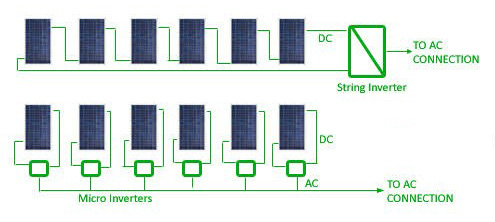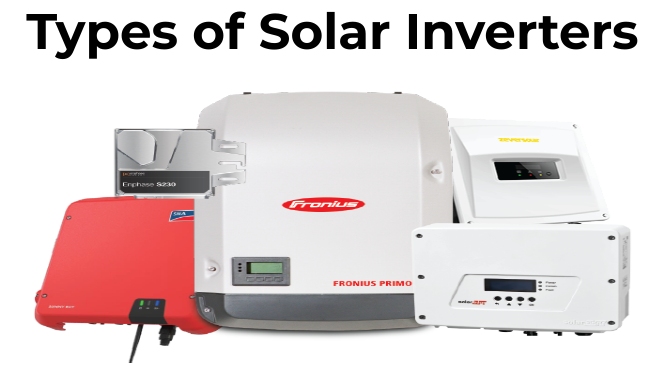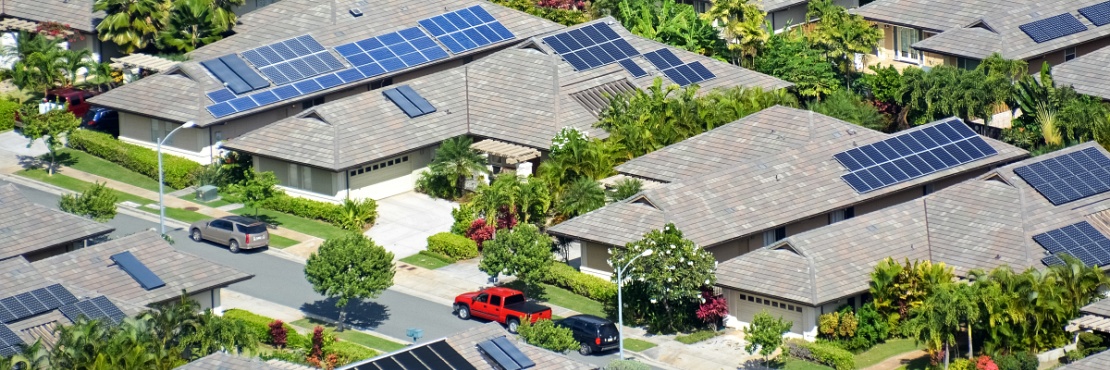Best Value & Quality Solar Energy Solutions. What are the three types of solar inverters? North Port, FL. For Free Consultation Phone us at Call (732) 907-8400
Some commonly asked questions
- What are the 3 types of solar panels?
- What is a hybrid solar system?
- Solar financing options: How do you pay for solar?
- What is a solar loan?
- What are solar trackers?
- Why do you need to have a solar battery?
- What is solar leasing?
- What are solar mounting systems?
- What are solar inverters?
- What are the steps to consider before installing solar panels?
- Solar panels: Everything you need to know
- What is return on investment (ROI) of residential solar panels?
- How much energy does a solar panel produce?
- What are the basic components of a solar power system?
- What is a solar power system?
- What’s the best orientation and angle for solar panels?
- What are the different types of solar batteries?
- What to know about a solar panel warranty
- What is a solar charge controller?
- How much energy does a house use?
North Port is a city located in Sarasota County, Florida, United States. The population was 74,793 at the 2020 US Census.[4][5] It is part of the North Port–Bradenton–Sarasota Metropolitan Statistical Area. It was originally developed by General Development Corporation as the northern / Sarasota County portion of its Port Charlotte development, the other portion located in the adjacent Charlotte County. GDC dubbed the city North Port Charlotte, and it was incorporated under that name through a special act of the Florida Legislature in 1959. By referendum in 1974, the city’s residents approved a change to its name as North Port, dropping Charlotte from its name to proclaim the city as a separate identity.[6][7] It is home to the Little Salt Spring, an archaeological and paleontological site owned by the University of Miami.
There are 3 types of solar inverters. Inverters are what connect your solar panels to the electrical grid or battery bank. When shopping for one, you will find that they come broadly in three categories. These three types of solar inverters can be used with other technologies to make a more comprehensive renewable energy solution. They do not necessarily have to be used together, but they can help complement one another and make your system more self-sufficient. The type of solar inverter you choose will depend on several factors, such as the size of your power production system and how much investment you’re willing to make upfront.
WHAT ARE SOLAR INVERTERS?
Solar inverters are similar to the internal combustion engine of solar power. They convert the direct current from your solar panels into alternating current, which can then be used for a range of purposes. When shopping for one, you will find that they come broadly in three categories. These three types of solar inverters can be used with other technologies to make a more comprehensive renewable energy solution. They do not necessarily have to be used together, but they can help complement one another and make your system more self-sufficient. The type of solar inverter you choose will depend on several factors, such as the size of your power production system and how much investment you’re willing to make upfront.
WHAT ARE THE DIFFERENT TYPES OF SOLAR INVERTERS?
There are three main types of solar inverts available for homes. They are string (or central), power optimizers, and microinverters. Each different kind of solar invert has its own advantages and disadvantages.
MICROINVERTERS
Microinverters are the most basic type of solar inverter available. They are the most expensive and can be put on anything from a single panel to an entire home. These types of inverters use microcontrollers, which allow them to autonomously control how much energy is produced by each panel. This means that they can produce power at a different frequency than the grid, while still being able to use the grid when it’s necessary. There are several benefits of using microinverters, including increased efficiency and cost savings. However, these types of inverters are not able to produce power when there isn’t enough sunlight or you need more power than what is possible with one panel.
STRING INVERTERS
These are the simplest type of inverters because they have minimal bells and whistles. They’re great for small systems that don’t need a lot of intricate features. These inverters can be installed in a flat area like your roof or some other platform, so installation is relatively simple.
POWER OPTIMIZERS
Power optimizers are used to balance the power load on your home or business. They are good for homes that want a more equal distribution of power throughout their building and do not need an inverter to cut off power flow. Power optimizers typically have a high-efficiency rating, which means they can produce more power at a lower cost than traditional inverters.
What Type Of Inverter Is Right For You?

Inverters are a vital part of any solar PV system, converting DC power from the solar panels into AC power that can be used by your home or business. But with so many different types of inverters on the market, how do you know which one is right for you?
The first step is to understand the different types of inverters available. The most common type of inverter is the string inverter, which is typically used in residential solar PV systems. String inverters are simple to install and maintain, and are a good choice for most homes and small businesses.
Another type of inverter is the central inverter, which is typically used in commercial and utility-scale solar PV systems. Central inverters are more complex and expensive than string inverters but offer a number of advantages, including higher efficiency and greater flexibility
Finally, there are microinverters and DC-to-DC converters, which are used in very specific applications. Microinverters are used in systems where each solar panel has its own inverter, while DC-to-DC converters are used to connect multiple solar panels together.
Once you’ve identified the type of inverter you need, the next step is to choose the right model for your system. There are a few things to consider when making your selection, including the size of your system, your budget, and the features you need. The size of your solar PV system will dictate the size of the inverter you need. If you have a small system, a string inverter is likely to be the best option. For larger systems, a central inverter will be a better choice. Your budget is another important consideration. String inverters are typically less expensive than central inverters, but they also have lower efficiency. If you’re looking for the most bang for your buck, a central inverter is a way to go.
Finally, you’ll need to decide which features are most important to you. Some inverters come with built-in monitoring and control capabilities, while others require an external controller. Other features to look for include Wi-Fi connectivity, remote monitoring, and automatic shutdown. Once you’ve considered all of these factors, you’re ready to choose the right inverter for your solar PV system. With so many different types and models on the market, there’s sure to be one that’s perfect for you.
What Are The Advantages And Disadvantages Of A Solar Inverters?

Solar Inverters have many advantages that make them a great choice for those looking to convert their homes or businesses to renewable energy. Solar Inverters are one of the most popular types of inverters on the market today. They are able to convert the DC power generated by solar panels into AC power that can be used by your appliances and electronics. Solar Inverters are a great way to save money on your electric bill, as they will allow you to generate your own electricity and sell any excess back to the grid. Solar Inverters are also a great way to reduce your carbon footprint, as they do not produce any emissions when in use.
However, Solar Inverters also have a few disadvantages. Solar Inverters can be expensive to purchase and install. They also require maintenance and need to be replaced every few years. Solar Inverters can also be less efficient than other types of inverters, so you may not see as much of a return on your investment.

